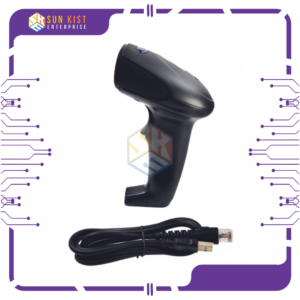Description
A USB to 12V DC-DC step-up converter, also known as a boost converter or voltage booster, is a device that takes a lower voltage input (in this case, 5V from a USB port) and boosts it to a higher voltage output (12V). This kind of converter is useful when you need to power a device or circuit that requires a higher voltage than what a USB port provides.
Here are the key features and components typically associated with a USB to 12V DC-DC step-up converter:
1. **Input Voltage:** 5V, derived from a standard USB port.
2. **Output Voltage:** 12V, providing a boosted voltage suitable for certain applications.
3. **Boost Converter IC:** The heart of the device is a boost converter integrated circuit (IC) that manages the voltage conversion process. This IC controls the switching of the electrical components to step up the voltage.
4. **Inductor and Capacitor:** These components are often part of the boost converter circuit and play a role in storing and transferring energy during the voltage conversion process.
5. **Output Filtering:** Capacitors and sometimes inductors are used to filter the output voltage and reduce any potential noise or voltage spikes.
6. **USB Connector:** A standard USB connector to plug into a USB port for the 5V power source.
7. **Output Connector:** The output connector provides the boosted 12V output, usually through a standard barrel or pin connector.
8. **Protection Features:** Some converters include protection features such as overcurrent protection, overvoltage protection, and thermal protection.
When using a USB to 12V step-up converter, it’s essential to consider the power requirements of your load (device or circuit) to ensure that the converter can provide sufficient current at 12V. Additionally, check the converter’s specifications and features to ensure compatibility with your application.
These converters are available from various electronic component suppliers and come in different form factors, including standalone modules and integrated into devices like car chargers or power banks. Always refer to the datasheet or documentation provided by the manufacturer for specific details and usage guidelines.










